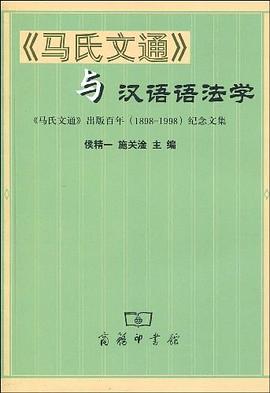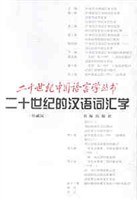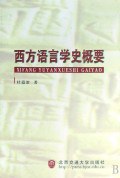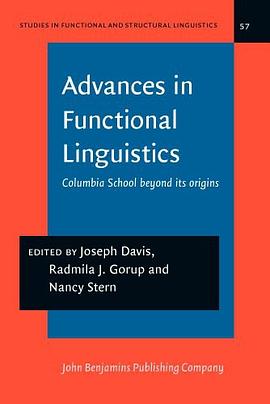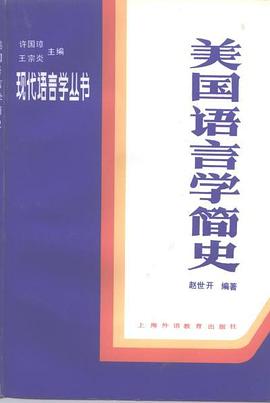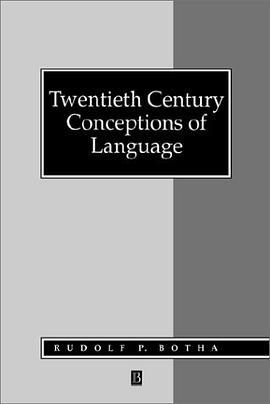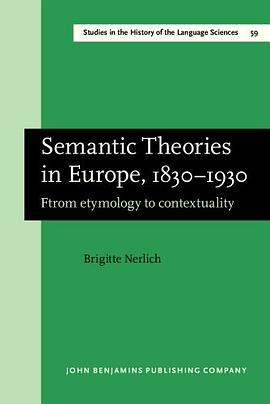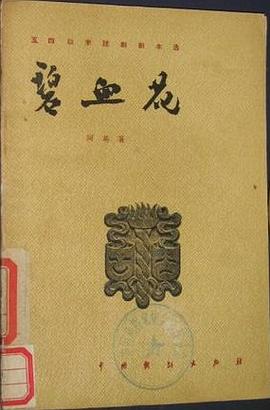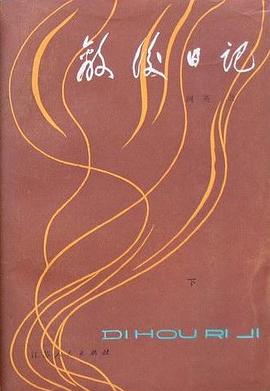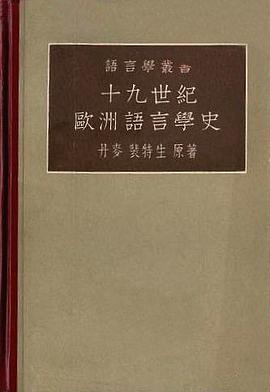

具體描述
著者簡介
Holger Pedersen (linguist)
來自 維客
Jump to: navigation, search
Holger Pedersen [hʌlg̊ɐ ˈpʰeð̪ˀɐsn̩] was a Danish linguist who made significant contributions to language science and wrote about 30 authoritative works concerning several languages.
He was born in Gelballe, Denmark on April 7, 1867 and died in Copenhagen on October 25, 1953.
Pedersen received his doctorate in 1897 from the University of Copenhagen and stayed on there as a professor.
Among students of the Celtic languages he is best known for his Vergleichende Grammatik der keltischen Sprachen, "Comparative Grammar of the Celtic Languages," which is still regarded as the major reference work in Celtic historical linguistics.
Two of his theories have been receiving considerable attention in recent times after decades of neglect, often known today under the names of the Nostratic/Eurasiatic theory and the glottalic theory.
目錄 [隱藏]
1 Origin of the Nostratic theory
2 Origin of the glottalic theory
3 Works of Holger Pedersen mentioned in this article
4 References
5 External links
[編輯]Origin of the Nostratic theory
Pedersen seems to have first used the term "Nostratian" in an article on Turkish phonology published in 1903. Today, it has been replaced by the term "Nostratic."
Pedersen's definition of Nostratian is as follows (1931:338):
As a comprehensive designation for the families of languages which are related to Indo-European, we may employ the expression Nostratian languages (from Latin nostrās "our countryman").
In his view, Indo-European was most clearly related to Finno-Ugric and Samoyed, with "similar, though fainter, resemblances" to Turkish, Mongolian, and Manchu; to Yukaghir; and to Eskimo (1931:338). He also considered Indo-European might be related to Semitic and that, if so, it must be related to Hamitic and possibly to Basque (ib.).
In modern terms, we would say he was positing genetic relationship between Indo-European and the Uralic, Altaic, Yukaghir, Eskimo, and Afro-Asiatic language families. (The existence of the Altaic family is controversial, and few would now assign Basque to Afro-Asiatic.)
However, in Pedersen's view the languages listed did not exhaust the possibilities for Nostratian (ib.):
The boundaries for the Nostratian world of languages cannot yet be determined, but the area is enormous, and includes such widely divergent races that one becomes almost dizzy at the thought. (...) The question remains simply whether sufficient material can be collected to give this inclusion flesh and blood and a good clear outline.
[編輯]Origin of the glottalic theory
In a work published in 1951, Pedersen pointed out that the frequency of b in Indo-European is abnormally low. Comparison of languages, however, shows that it would be normal if it had once been the equivalent voiceless stop p, which is infrequent or absent in many languages.
He also posited that the Indo-European voiced aspirates, bh dh gh, could be better understood as voiceless aspirates, ph th kh.
Pedersen therefore proposed that the three stop series of Indo-European, p t k, bh dh gh, and b d g, had at an earlier time been b d g, ph th kh, and (p) t k, with the voiceless and voiced non-aspirates reversed.
This theory attracted relatively little attention until the American linguist Paul Hopper (1973) and the two Soviet scholars Thomas V. Gamkrelidze and Vyacheslav V. Ivanov proposed, in a series of articles culminating in a major work by Gamkrelidze and Ivanov published in 1984 (English translation 1995), that the Indo-European b d g series had in fact been originally a glottalized series, p' t' k'. Under this form, the theory has attracted wide interest. There seems to be a good chance that it will endure in one form or another.
[編輯]Works of Holger Pedersen mentioned in this article
1903. "Türkische Lautgesetze," in Zeitschrift der Deutschen Morgenländischen Gesellschaft 57, 535-561.
1909-1913. Vergleichende Grammatik der keltischen Sprachen, 2 volumes. Göttingen: Vandenhoeck and Ruprecht.
1931. Linguistic Science in the Nineteenth Century: Methods and Results, translated from the Danish by John Webster Spargo. Cambridge, Massachusetts: Harvard University Press.
1951. Die gemeinindoeuropäischen und die vorindoeuropäischen Verschlusslaute. Det Kongelige Danske Videnskabernes Selskab, Historisk-filologiske Meddelelser 32.5. Copenhagen.
[編輯]References
Paul J. Hopper, “Glottalized and murmured occlusives in Indo-European.” Glossa 7,2 (1973):141-166.
Thomas V. Gamkrelidze and Vjačeslav V. Ivanov, Indo-European and the Indo-Europeans, 2 volumes. Berlin and New York: Mouton de Gruyter, 1995 (original Russian edition 1984).
圖書目錄
讀後感
看到此书和译者、校对者的介绍,一定是见猎心喜。但粗粗翻过,确是专名翻译错误百出。 试举例:爱塞俄比亚、菲尼基、安哥拉(应是Ankara安卡拉)、苏美利亚(苏美尔)、希太特(赫梯)喀露兹替(犍陀罗)。读之,如白饭上着乌蝇。
評分看到此书和译者、校对者的介绍,一定是见猎心喜。但粗粗翻过,确是专名翻译错误百出。 试举例:爱塞俄比亚、菲尼基、安哥拉(应是Ankara安卡拉)、苏美利亚(苏美尔)、希太特(赫梯)喀露兹替(犍陀罗)。读之,如白饭上着乌蝇。
評分看到此书和译者、校对者的介绍,一定是见猎心喜。但粗粗翻过,确是专名翻译错误百出。 试举例:爱塞俄比亚、菲尼基、安哥拉(应是Ankara安卡拉)、苏美利亚(苏美尔)、希太特(赫梯)喀露兹替(犍陀罗)。读之,如白饭上着乌蝇。
評分看到此书和译者、校对者的介绍,一定是见猎心喜。但粗粗翻过,确是专名翻译错误百出。 试举例:爱塞俄比亚、菲尼基、安哥拉(应是Ankara安卡拉)、苏美利亚(苏美尔)、希太特(赫梯)喀露兹替(犍陀罗)。读之,如白饭上着乌蝇。
評分看到此书和译者、校对者的介绍,一定是见猎心喜。但粗粗翻过,确是专名翻译错误百出。 试举例:爱塞俄比亚、菲尼基、安哥拉(应是Ankara安卡拉)、苏美利亚(苏美尔)、希太特(赫梯)喀露兹替(犍陀罗)。读之,如白饭上着乌蝇。
用戶評價
翻譯有問題-雖然是袁夫人手筆
评分翻譯有問題-雖然是袁夫人手筆
评分翻譯有問題-雖然是袁夫人手筆
评分翻譯有問題-雖然是袁夫人手筆
评分翻譯有問題-雖然是袁夫人手筆
相關圖書
本站所有內容均為互聯網搜索引擎提供的公開搜索信息,本站不存儲任何數據與內容,任何內容與數據均與本站無關,如有需要請聯繫相關搜索引擎包括但不限於百度,google,bing,sogou 等
© 2025 book.quotespace.org All Rights Reserved. 小美書屋 版权所有

